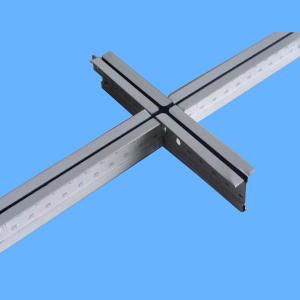Fiberglass drop ceiling tiles have been a popular choice for many homeowners and businesses for their durability and stylish appearance. These tiles are versatile and can be used in various settings, from residential homes to commercial spaces. They are known for their ability to withstand moisture, making them ideal for areas prone to humidity or water exposure, such as bathrooms, kitchens, and basements.
A Brief History of Fiberglass Ceiling Tiles
The history of fiberglass dates back to the early 20th century when it was first developed as a material. Over the years, it has evolved and found its way into various industries, including construction. Fiberglass ceiling tiles gained popularity in the mid-20th century, particularly in commercial settings, due to their durability and ease of installation. Today, they continue to be a preferred choice for many due to their modern and sleek look.
Why Choose Fiberglass?
There are several reasons why homeowners and businesses opt for fiberglass drop ceiling tiles. One of the main reasons is their durability. Fiberglass is a strong material that can withstand a lot of wear and tear. It is resistant to water, making it suitable for areas with high humidity or moisture. Additionally, it is resistant to corrosion, which is a common issue with other materials used in construction.
Another reason for choosing fiberglass is its versatility. These tiles can be used in various settings, from residential homes to commercial spaces. They are available in a wide range of colors, patterns, and styles, allowing homeowners and businesses to customize their ceilings to match their desired aesthetic.
Installation Process
Installing fiberglass drop ceiling tiles is a relatively simple process that can be done by homeowners or professionals. The first step is to measure the area where the tiles will be installed to determine the number of tiles needed. Next, the existing ceiling is prepared by ensuring it is level and clean. The grid system is then installed, followed by the tiles. The tiles simply snap into place, making it an easy and quick process.
Maintenance and Care
One of the benefits of fiberglass drop ceiling tiles is their low maintenance requirement. They are easy to clean and do not require any special care. Regular dusting or wiping with a damp cloth is usually sufficient to keep them looking their best. In case of stains or spills, a mild detergent can be used to clean the tiles without causing any damage.
Design Options
Fiberglass ceiling tiles offer a wide range of design options for homeowners and businesses. They come in various colors, patterns, and styles, allowing for a high level of customization. Some popular design options include faux wood, faux metal, and even textured designs that mimic the look of other materials. This makes it easy to find a style that complements the existing décor of a space.
Cost-Effectiveness
Another advantage of fiberglass drop ceiling tiles is their cost-effectiveness. They are generally more affordable than other types of ceiling materials, making them an attractive option for those on a budget. Additionally, their durability means they can last for many years without needing replacement, which can save money in the long run.
Energy Efficiency
Fiberglass tiles are also known for their energy efficiency. They have insulating properties that can help to reduce heating and cooling costs in a home or commercial space. This makes them an environmentally friendly option, as well as a practical one.
Conclusion
Fiberglass drop ceiling tiles are a popular choice for many due to their durability, versatility, and stylish appearance. They are easy to install, low maintenance, and offer a wide range of design options. Their cost-effectiveness and energy efficiency make them an attractive option for homeowners and businesses alike. If youre considering updating your ceiling, fiberglass drop ceiling tiles are definitely worth considering.

